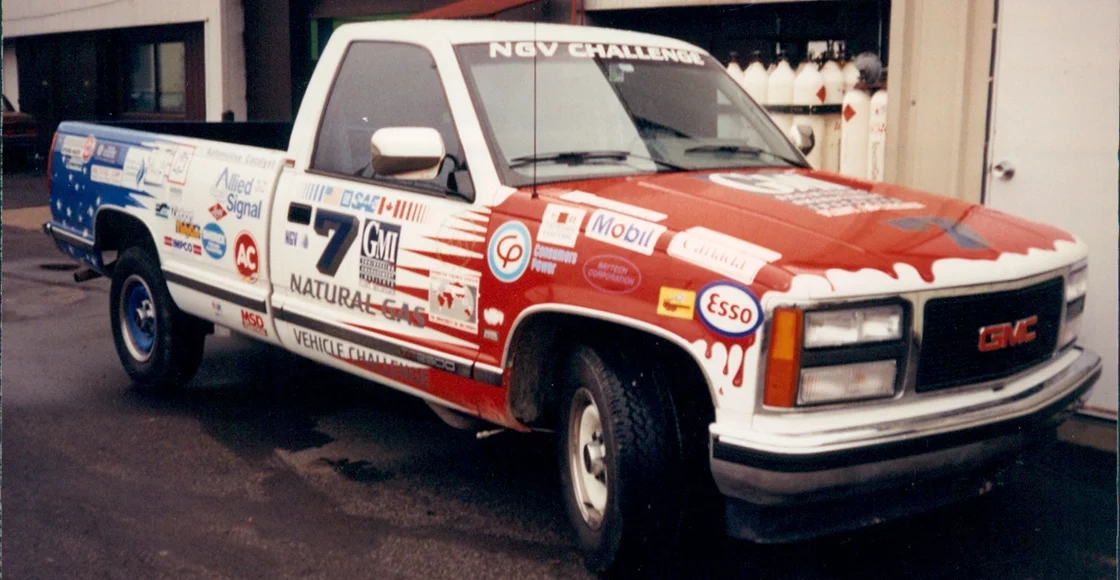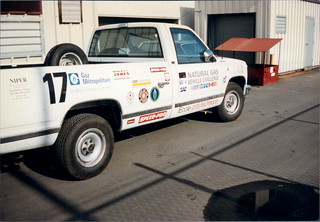Natural Gas Vehicle Challenge
Background
The Natural Gas Vehicle (NGV) Challenge began in 1991 when General Motors donated a GMC Sierra 2500 pickup truck to 24 engineering schools that submitted the best design proposals for the purpose of converting the vehicles to dedicated natural gas use. Natural gas was selected as the next fuel for the students to work with because the U.S. has an abundance of domestic natural gas resources and many natural gas companies were promoting its use in motor vehicles.
The schools converted the trucks to run on two forms of natural gas: two vehicles operated on liquefied natural gas (LNG) and 22 operated on compressed natural gas (CNG). The required modifications to the trucks were substantial and involved adding natural gas fuel tanks, adapting the fuel delivery system and engine control system, and modifying the exhaust system (i.e., catalytic converter) to minimize emissions. In addition, some schools used different compression ratios, engine displacements, and/or rear-end gear ratios to help increase fuel economy. The 1991 NGV Challenge was held in Oklahoma City, Oklahoma and the emissions testing was performed at the National Institute for Petroleum and Energy Research (NIPER) in Bartlesville, Oklahoma.
For the second year (1991-1992), 20 schools competed to refine their natural gas vehicle. After a year of refinement, a three-hour road rally was held at General Motors’ Proving Ground in Milford, Michigan. The best student vehicle got 17% better miles per gallon gasoline equivalent (mpgge) on the federal test procedure than the gasoline control vehicle. The emissions testing was performed at the U.S. Environmental Protection Agency in Ann Arbor, Michigan.
In the last year of NGV Challenge (1992-1993), five teams joined the competition for the first time. The final year was held in Austin, Texas for a 350-mile road rally. The emissions testing in 1993 was performed at EG&G Automotive Research in San Antonio, Texas and at the Natural Gas Vehicle Technology Center (NGV Tech Center) in Austin, Texas.

Natural Gas Vehicle Challenge
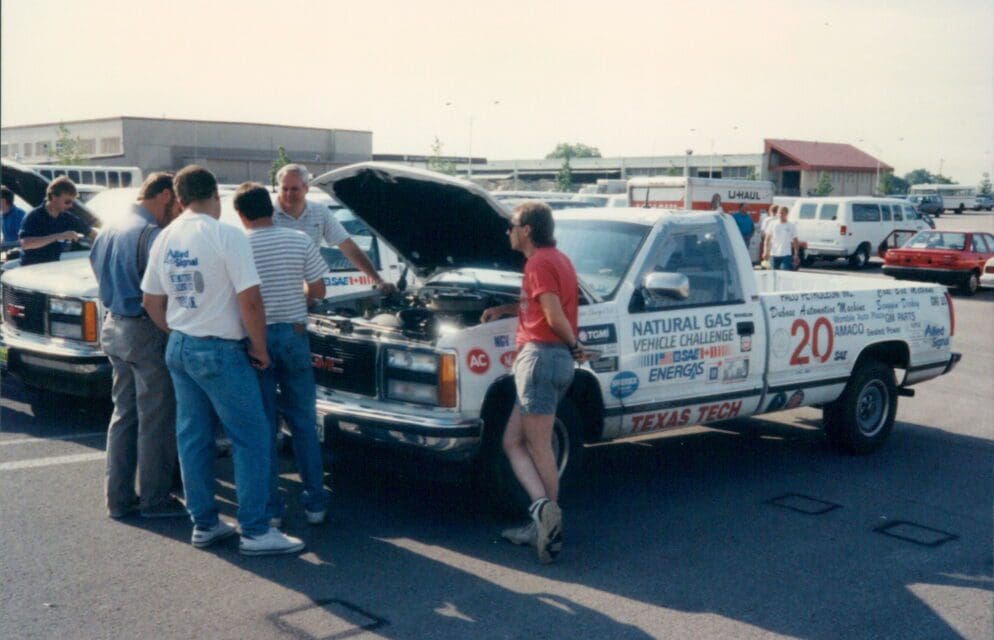
Natural Gas Vehicle Challenge

Natural Gas Vehicle Challenge
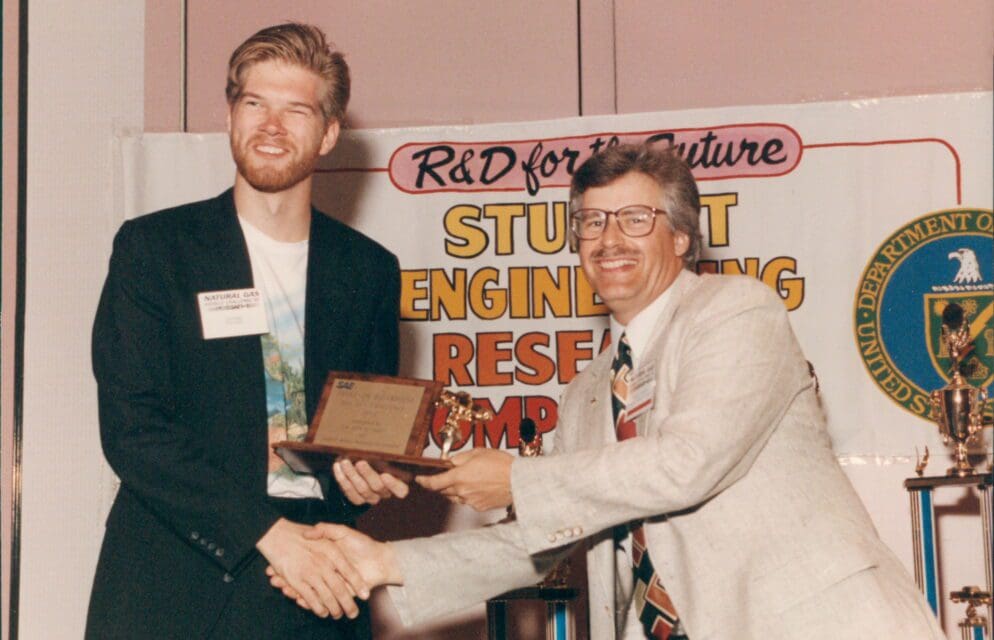
Natural Gas Vehicle Challenge
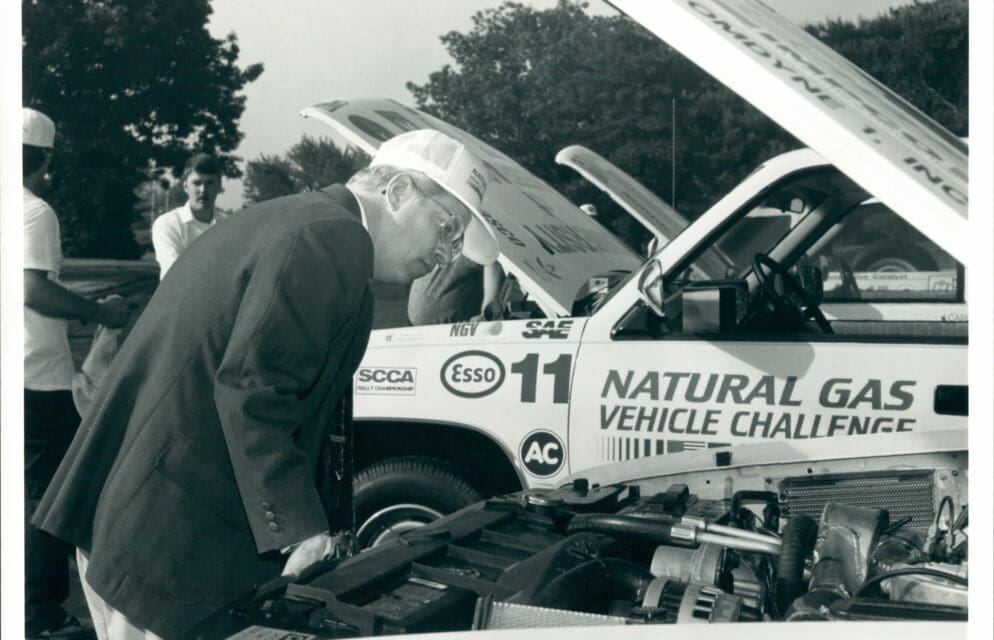
Natural Gas Vehicle Challenge

Natural Gas Vehicle Challenge
Innovations & Highlights
Over the three year competition, students were able to participate in an once-in-a-lifetime experience. During the competition, students impressed industry professionals with their vehicle designs and how they utilized natural gas.
One of the biggest innovations and highlights from NGV Challenge was that the average EPA combined fuel economy (from both the city and highway tests) went from 12.7 mpg in 1991 to 13.6 mpg in 1992 to 14.82 mpg in 1993. This was a steady and impressive progression. Below are some other highlights from the series.
- In the first year (1990-1991), only three teams earned points in the emissions event whereas in 1993, eleven teams met or exceeded the current federal emissions standards.
- Concordia and Northwestern measured the highest combined EPA fuel economy, with Northwestern getting 19.4 mpg as compared to the gasoline truck in 1991.
- In 1992, the top three fuel economies were Concordia at 20.8 mpg, Illinois Institute of Technology at 20.5 mpg and University of Nebraska at 19.5 mpg.
- Old Dominion University, in conjunction with Siemens Corporation, developed a gaseous fuel injector for its 1993 NGV Challenge vehicle
- In 1992, two LNG vehicles had the best ranges: University of Maryland with 423 miles and University of Alabama at 411 miles.
- Colorado State and University of Virginia measured the lowest engine-out emissions on the basis of their ranking in the categories of THC, NOx, and CO engine-out emissions in 1992.
- In 1992, the best CNG vehicles were Concordia University at 388 miles and New York Institute of Technology at 315 miles.
- Northwestern, General Motors Institute/Kettering, and the University of Toronto had the lowest emissions of all the universities over the FTP cycle in 1992.
- In 1993, best student vehicle got 14% better mpgge on than the federal test procedure than the gasoline control vehicle.
- Northwestern University developed an innovative gas-quality sensor that allows a closed-loop feedback engine control system to vary its parameters according to the gas content. This sensor was further developed by the Gas Research Institute.
- Old Dominion University and Siemens Automotive worked together to invent a multi-alternative-fuel injector that Chrysler put into production of their CNG vehicles
- Texas Tech university developed a CNG Conversion system that GM Mesa put into production
Universities Involved
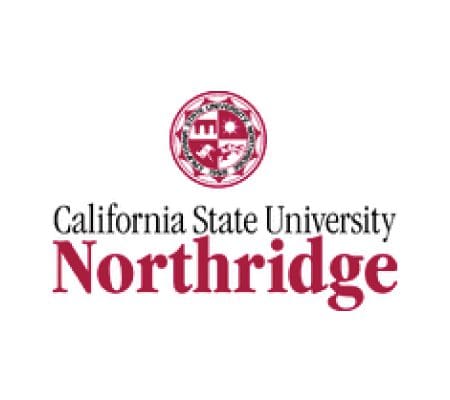
California State University, Northridge
Location
Northridge, CalifoniaVehicle Design
Lorem ipsum dolor sit amet, consectetur adipisicing elit. Sit voluptates vero possimus enim non dicta aliquid veniam atque molestias, repellat cum unde vel sequi dolor at facilis corporis. Et, molestias labore quidem id impedit repellendus!Faculty Advisors
- Dr. Stewart Prince
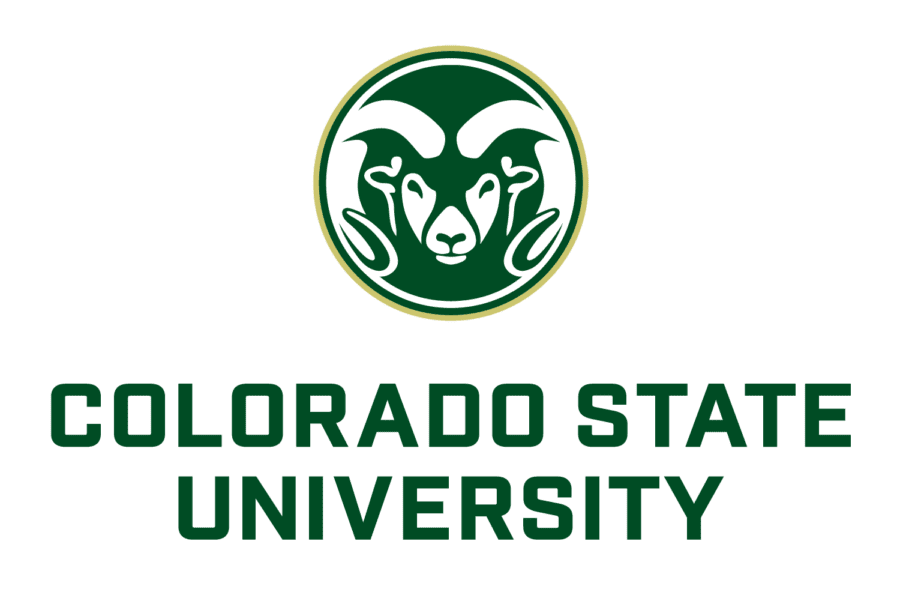
Colorado State University
Location
Fort Collins, ColoradoVehicle Design
Lorem ipsum dolor sit amet, consectetur adipisicing elit. Sit voluptates vero possimus enim non dicta aliquid veniam atque molestias, repellat cum unde vel sequi dolor at facilis corporis. Et, molestias labore quidem id impedit repellendus!Faculty Advisors
- Bryan Wilson
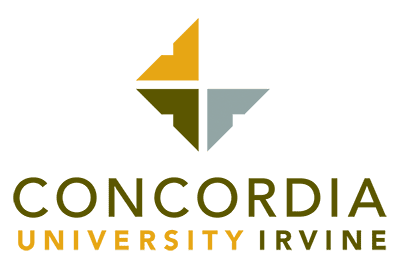
Concordia University
Location
St. Paul, MinnesotaVehicle Design
Lorem ipsum dolor sit amet, consectetur adipisicing elit. Sit voluptates vero possimus enim non dicta aliquid veniam atque molestias, repellat cum unde vel sequi dolor at facilis corporis. Et, molestias labore quidem id impedit repellendus!Faculty Advisors
- Dr. Tad Krepec

Ecole Polytechnique de Montreal
Location
Montreal, QuebecVehicle Design
Lorem ipsum dolor sit amet, consectetur adipisicing elit. Sit voluptates vero possimus enim non dicta aliquid veniam atque molestias, repellat cum unde vel sequi dolor at facilis corporis. Et, molestias labore quidem id impedit repellendus!Faculty Advisors
- None given
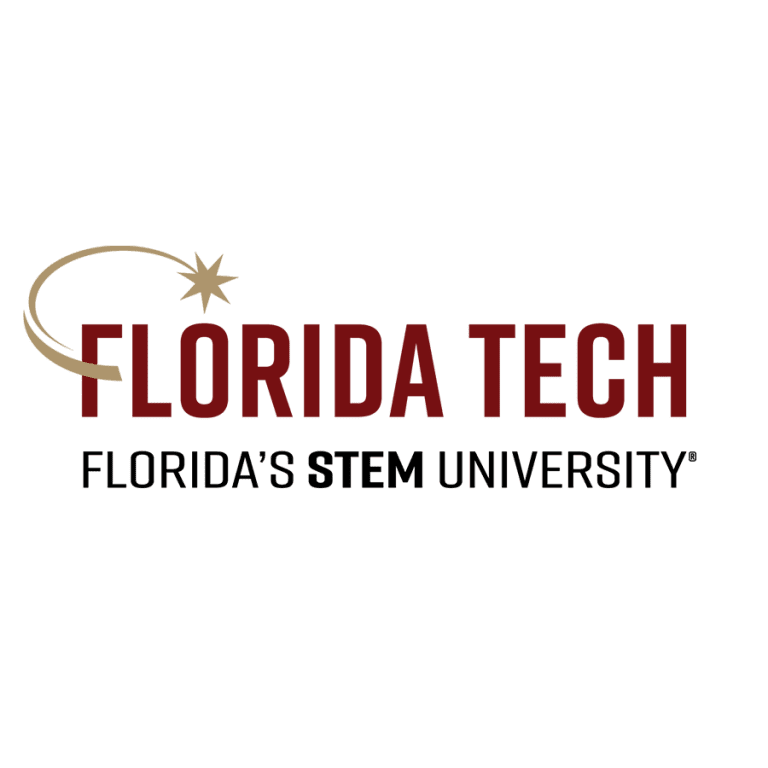
Florida Institute of Technology
Location
Melbourne, FloridaVehicle Design
Lorem ipsum dolor sit amet, consectetur adipisicing elit. Sit voluptates vero possimus enim non dicta aliquid veniam atque molestias, repellat cum unde vel sequi dolor at facilis corporis. Et, molestias labore quidem id impedit repellendus!Faculty Advisors
- Dr. John D. Thomas
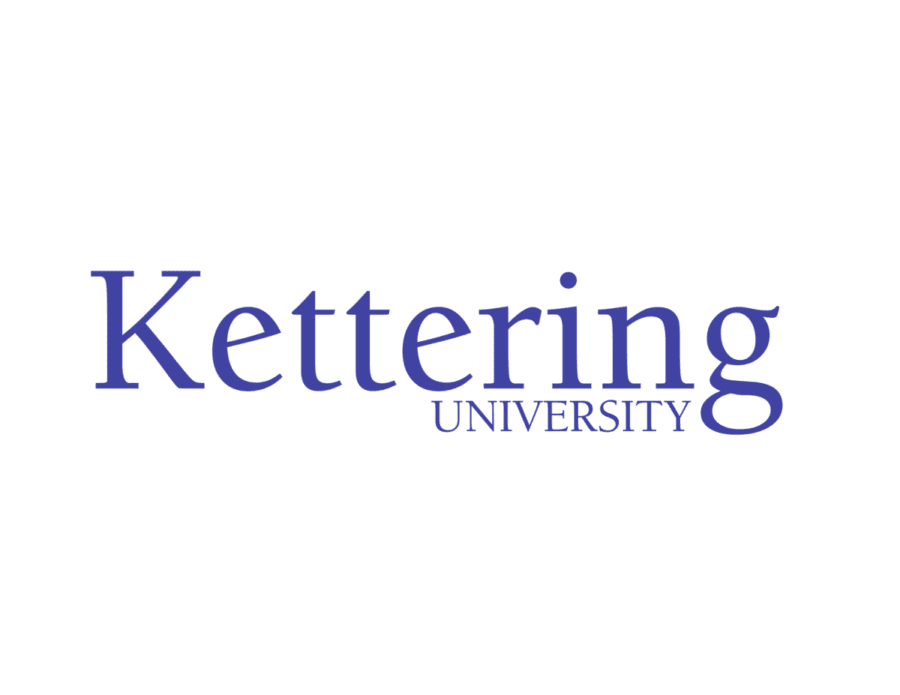
GMI Engineering and Management Institute/Kettering
Location
Flint, MichiganVehicle Design
Lorem ipsum dolor sit amet, consectetur adipisicing elit. Sit voluptates vero possimus enim non dicta aliquid veniam atque molestias, repellat cum unde vel sequi dolor at facilis corporis. Et, molestias labore quidem id impedit repellendus!Faculty Advisors
- Colin Jordan
Illinois Institute of Technology
Location
Chicago, IllinoisVehicle Design
Lorem ipsum dolor sit amet, consectetur adipisicing elit. Sit voluptates vero possimus enim non dicta aliquid veniam atque molestias, repellat cum unde vel sequi dolor at facilis corporis. Et, molestias labore quidem id impedit repellendus!Faculty Advisors
- Dr. Francisco Ruiz
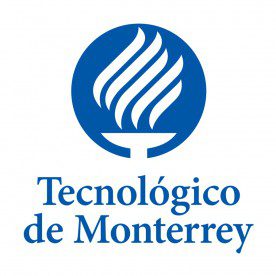
Instituto Technologico y de Estudios Superiores de Monterrey
Location
Monterrey, MexicoVehicle Design
Lorem ipsum dolor sit amet, consectetur adipisicing elit. Sit voluptates vero possimus enim non dicta aliquid veniam atque molestias, repellat cum unde vel sequi dolor at facilis corporis. Et, molestias labore quidem id impedit repellendus!Faculty Advisors
- None given
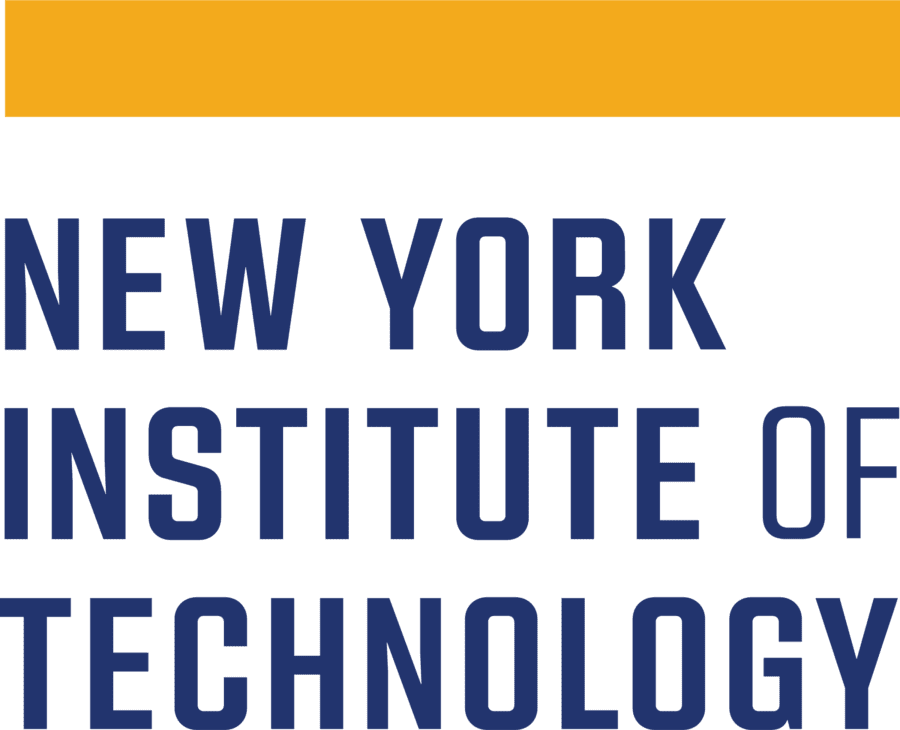
New York Institute of Technology
Location
New York, New YorkVehicle Design
Lorem ipsum dolor sit amet, consectetur adipisicing elit. Sit voluptates vero possimus enim non dicta aliquid veniam atque molestias, repellat cum unde vel sequi dolor at facilis corporis. Et, molestias labore quidem id impedit repellendus!Faculty Advisors
- None given
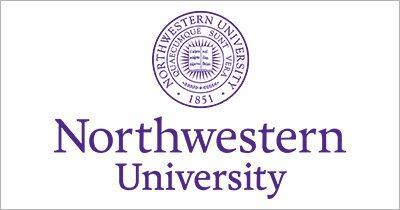
Northwestern University
Location
Evanston, IllinoisVehicle Design
Lorem ipsum dolor sit amet, consectetur adipisicing elit. Sit voluptates vero possimus enim non dicta aliquid veniam atque molestias, repellat cum unde vel sequi dolor at facilis corporis. Et, molestias labore quidem id impedit repellendus!Faculty Advisors
- Dr. Richard Lueptow
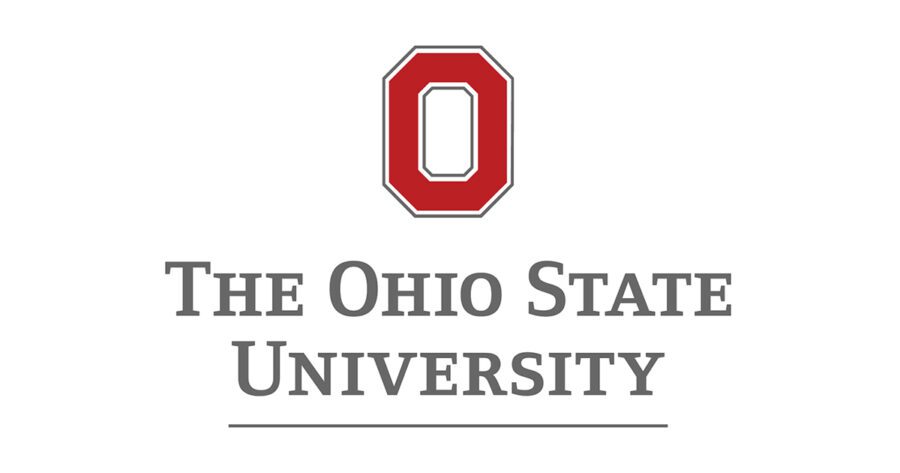
Ohio State University
Location
Columbus, OhioVehicle Design
Lorem ipsum dolor sit amet, consectetur adipisicing elit. Sit voluptates vero possimus enim non dicta aliquid veniam atque molestias, repellat cum unde vel sequi dolor at facilis corporis. Et, molestias labore quidem id impedit repellendus!Faculty Advisors
- Lawrence Kennedy
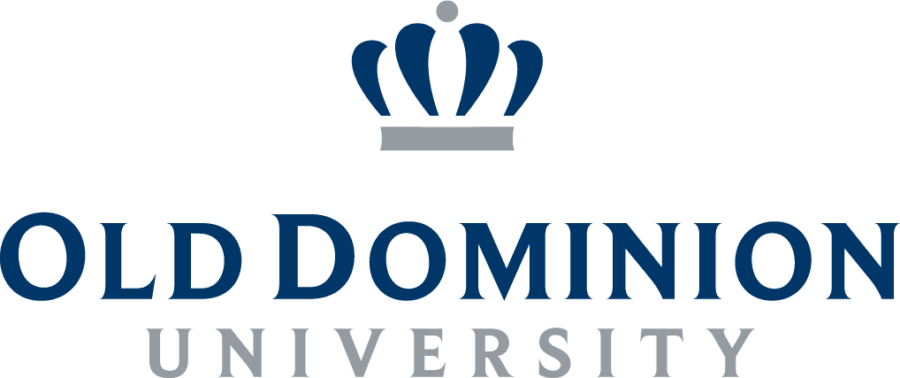
Old Dominion University
Location
Norfolk, VirginiaVehicle Design
Lorem ipsum dolor sit amet, consectetur adipisicing elit. Sit voluptates vero possimus enim non dicta aliquid veniam atque molestias, repellat cum unde vel sequi dolor at facilis corporis. Et, molestias labore quidem id impedit repellendus!Faculty Advisors
- Dr. Sidney Roberts
- Alan Wiggs and
- Taj Mohieldin
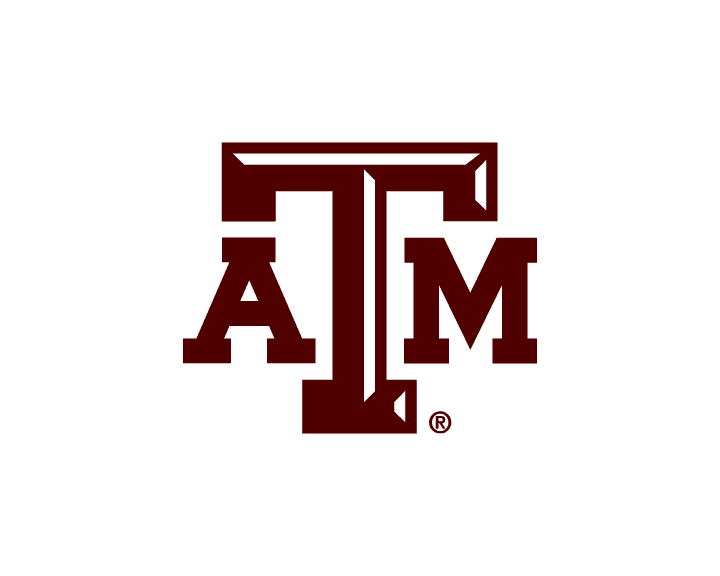
Texas A&M University
Location
College Station, TexasVehicle Design
Lorem ipsum dolor sit amet, consectetur adipisicing elit. Sit voluptates vero possimus enim non dicta aliquid veniam atque molestias, repellat cum unde vel sequi dolor at facilis corporis. Et, molestias labore quidem id impedit repellendus!Faculty Advisors
- Dr. Tom Laik
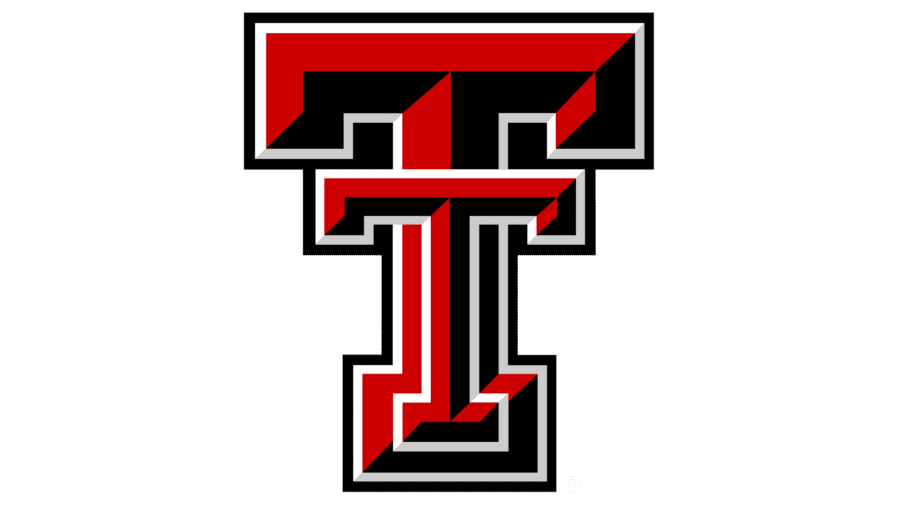
Texas Tech University
Location
Lubbock, TexasVehicle Design
Lorem ipsum dolor sit amet, consectetur adipisicing elit. Sit voluptates vero possimus enim non dicta aliquid veniam atque molestias, repellat cum unde vel sequi dolor at facilis corporis. Et, molestias labore quidem id impedit repellendus!Faculty Advisors
- Dr. Tim Maxwell
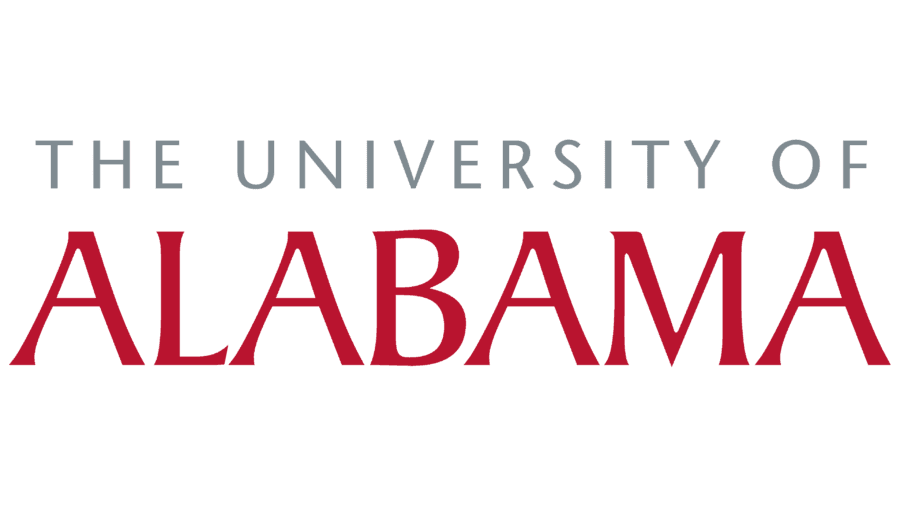
University of Alabama
Location
Tuscaloosa, AlabamaVehicle Design
Lorem ipsum dolor sit amet, consectetur adipisicing elit. Sit voluptates vero possimus enim non dicta aliquid veniam atque molestias, repellat cum unde vel sequi dolor at facilis corporis. Et, molestias labore quidem id impedit repellendus!Faculty Advisors
- None given

University of Alberta, Edmonton
Location
Edmonton, CanadaVehicle Design
Lorem ipsum dolor sit amet, consectetur adipisicing elit. Sit voluptates vero possimus enim non dicta aliquid veniam atque molestias, repellat cum unde vel sequi dolor at facilis corporis. Et, molestias labore quidem id impedit repellendus!Faculty Advisors
- Dr. David Checkel
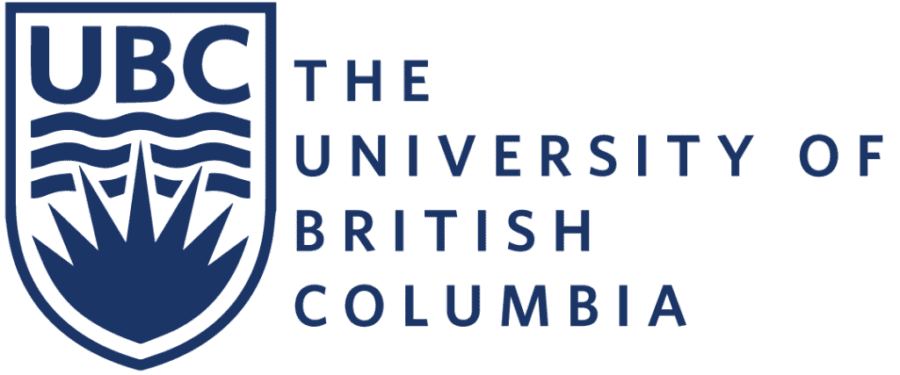
University of British Columbia
Location
Vancouver, British ColumbiaVehicle Design
Lorem ipsum dolor sit amet, consectetur adipisicing elit. Sit voluptates vero possimus enim non dicta aliquid veniam atque molestias, repellat cum unde vel sequi dolor at facilis corporis. Et, molestias labore quidem id impedit repellendus!Faculty Advisors
- None given
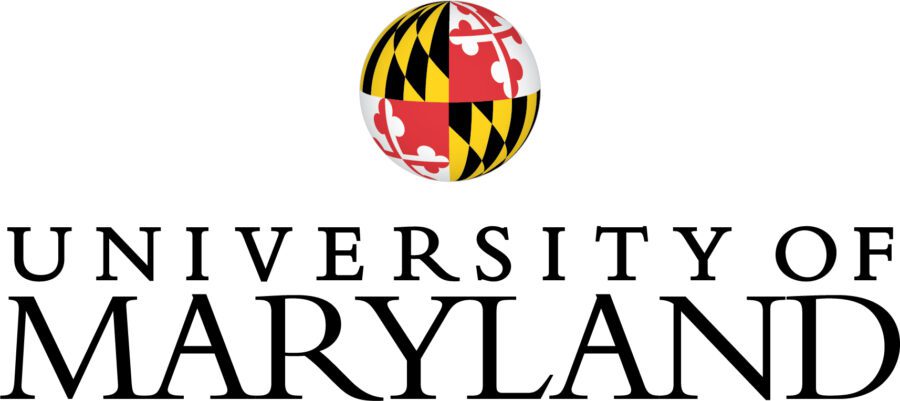
University of Maryland
Location
College Park, MarylandVehicle Design
Lorem ipsum dolor sit amet, consectetur adipisicing elit. Sit voluptates vero possimus enim non dicta aliquid veniam atque molestias, repellat cum unde vel sequi dolor at facilis corporis. Et, molestias labore quidem id impedit repellendus!Faculty Advisors
- Dr. David Holloway

University of Michigan, Dearborn
Location
Dearborn, MichiganVehicle Design
Lorem ipsum dolor sit amet, consectetur adipisicing elit. Sit voluptates vero possimus enim non dicta aliquid veniam atque molestias, repellat cum unde vel sequi dolor at facilis corporis. Et, molestias labore quidem id impedit repellendus!Faculty Advisors
- Dr. Keshav Varde
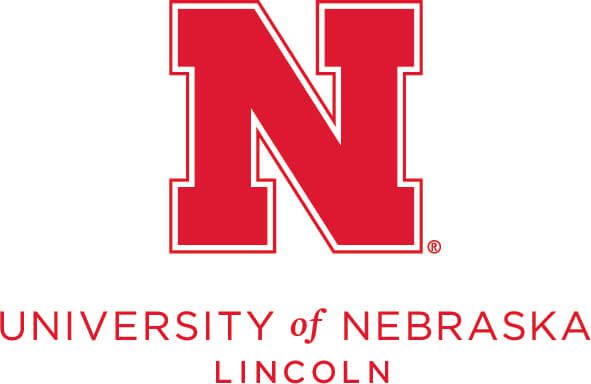
University of Nebraska, Lincoln
Location
Lincoln, NebraskaVehicle Design
Lorem ipsum dolor sit amet, consectetur adipisicing elit. Sit voluptates vero possimus enim non dicta aliquid veniam atque molestias, repellat cum unde vel sequi dolor at facilis corporis. Et, molestias labore quidem id impedit repellendus!Faculty Advisors
- Joseph Borg
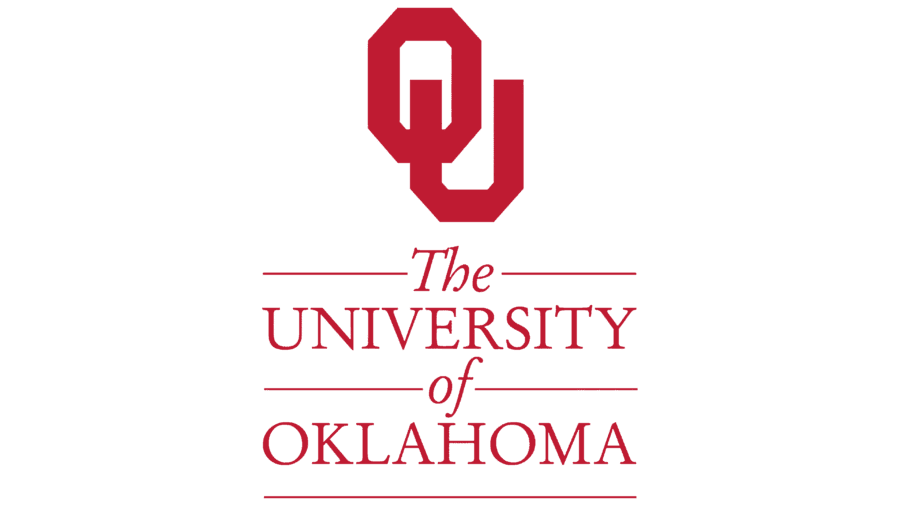
University of Oklahoma
Location
Norman, OklahomaVehicle Design
Lorem ipsum dolor sit amet, consectetur adipisicing elit. Sit voluptates vero possimus enim non dicta aliquid veniam atque molestias, repellat cum unde vel sequi dolor at facilis corporis. Et, molestias labore quidem id impedit repellendus!Faculty Advisors
- None given
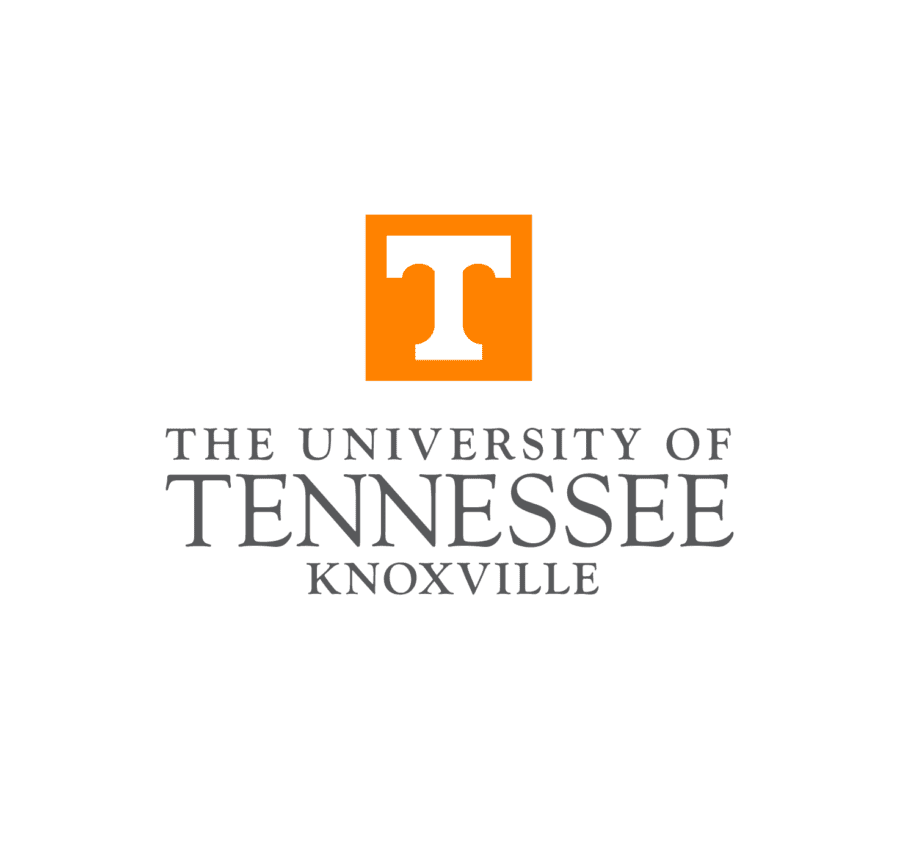
University of Tennessee, Knoxville
Location
Knoxville, TennesseeVehicle Design
Lorem ipsum dolor sit amet, consectetur adipisicing elit. Sit voluptates vero possimus enim non dicta aliquid veniam atque molestias, repellat cum unde vel sequi dolor at facilis corporis. Et, molestias labore quidem id impedit repellendus!Faculty Advisors
- Dr. Jeff Hodgson
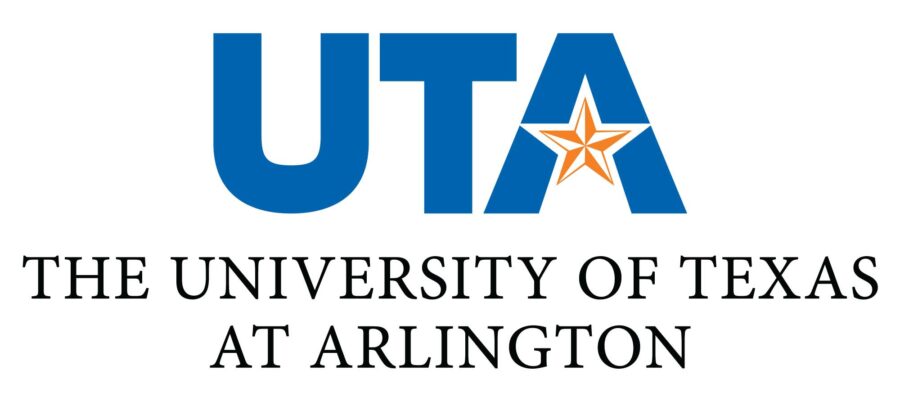
University of Texas, Arlington
Location
Arlington, TexasVehicle Design
Lorem ipsum dolor sit amet, consectetur adipisicing elit. Sit voluptates vero possimus enim non dicta aliquid veniam atque molestias, repellat cum unde vel sequi dolor at facilis corporis. Et, molestias labore quidem id impedit repellendus!Faculty Advisors
- Dr. Bob Woods
- Stephen Kugle

University of Texas, Austin
Location
Austin, TexasVehicle Design
Lorem ipsum dolor sit amet, consectetur adipisicing elit. Sit voluptates vero possimus enim non dicta aliquid veniam atque molestias, repellat cum unde vel sequi dolor at facilis corporis. Et, molestias labore quidem id impedit repellendus!Faculty Advisors
- Dr. Ron Matthews
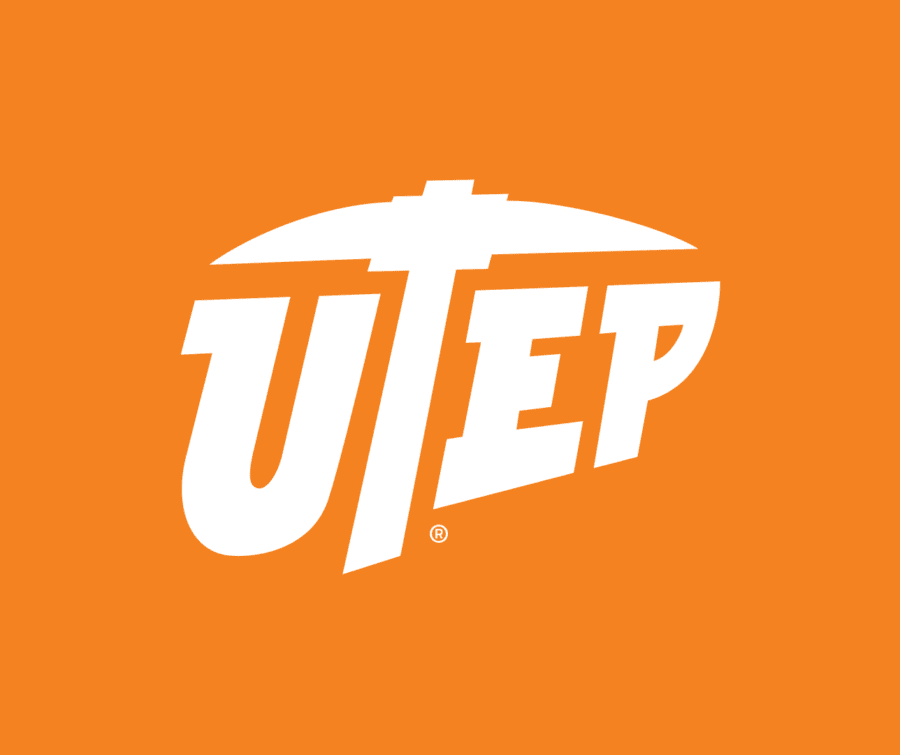
University of Texas, El Paso
Location
El Paso, TexasVehicle Design
Lorem ipsum dolor sit amet, consectetur adipisicing elit. Sit voluptates vero possimus enim non dicta aliquid veniam atque molestias, repellat cum unde vel sequi dolor at facilis corporis. Et, molestias labore quidem id impedit repellendus!Faculty Advisors
- Dr. Carroll Johnson
University of Toronto
Location
Toronto, OntarioVehicle Design
Lorem ipsum dolor sit amet, consectetur adipisicing elit. Sit voluptates vero possimus enim non dicta aliquid veniam atque molestias, repellat cum unde vel sequi dolor at facilis corporis. Et, molestias labore quidem id impedit repellendus!Faculty Advisors
- None given

University of Virgina
Location
Charlottesville, VirginiaVehicle Design
Lorem ipsum dolor sit amet, consectetur adipisicing elit. Sit voluptates vero possimus enim non dicta aliquid veniam atque molestias, repellat cum unde vel sequi dolor at facilis corporis. Et, molestias labore quidem id impedit repellendus!Faculty Advisors
- None given

Washington University, St. Louis
Location
St. Louis, MissouriVehicle Design
Lorem ipsum dolor sit amet, consectetur adipisicing elit. Sit voluptates vero possimus enim non dicta aliquid veniam atque molestias, repellat cum unde vel sequi dolor at facilis corporis. Et, molestias labore quidem id impedit repellendus!Faculty Advisors
- None given

West Virginia University
Location
Morgantown, West VirginiaVehicle Design
Lorem ipsum dolor sit amet, consectetur adipisicing elit. Sit voluptates vero possimus enim non dicta aliquid veniam atque molestias, repellat cum unde vel sequi dolor at facilis corporis. Et, molestias labore quidem id impedit repellendus!Faculty Advisors
- Dr. James Smith
Winners & Awards
Each year, university teams compete in a variety of static and dynamic events that range from oral presentations to on-road vehicle testing to communications and business tactics. These static and dynamic events are judged by industry sponsors and professionals, both throughout the year and in-person at the year-end competition.
Below includes more detail about event awards and winners:
Year One 1990-1991
- 1st Place: University of Tennessee, Knoxville
- 2nd Place: Colorado State University
- 3rd Place: Concordia University
- 4th Place: Ecole Polytechnique de Montreal
- 5th Place: California State University, Northridge
Sponsors
Below are the list of sponsors who helped make Natural Gas Vehicle Challenge possible:
Natural Gas Vehicle Challenge Media Coverage
Select a tab above to view content
- Young minds ‘fuel’ CSU program
- Class designs top gas vehicle – naturally
- Natural Gas Vehicle Challenge Research in Motion – June 7, 1991
- Tennessee Students Win Natural Gas Challenge – June 13, 1991
- Class Designs Top Gas Vehicle-naturally – June 20, 1992
- Students Make ‘Final Four’ – July 11, 1993
- OU Looks at Liquefied Gas Technology – April 2, 1994
